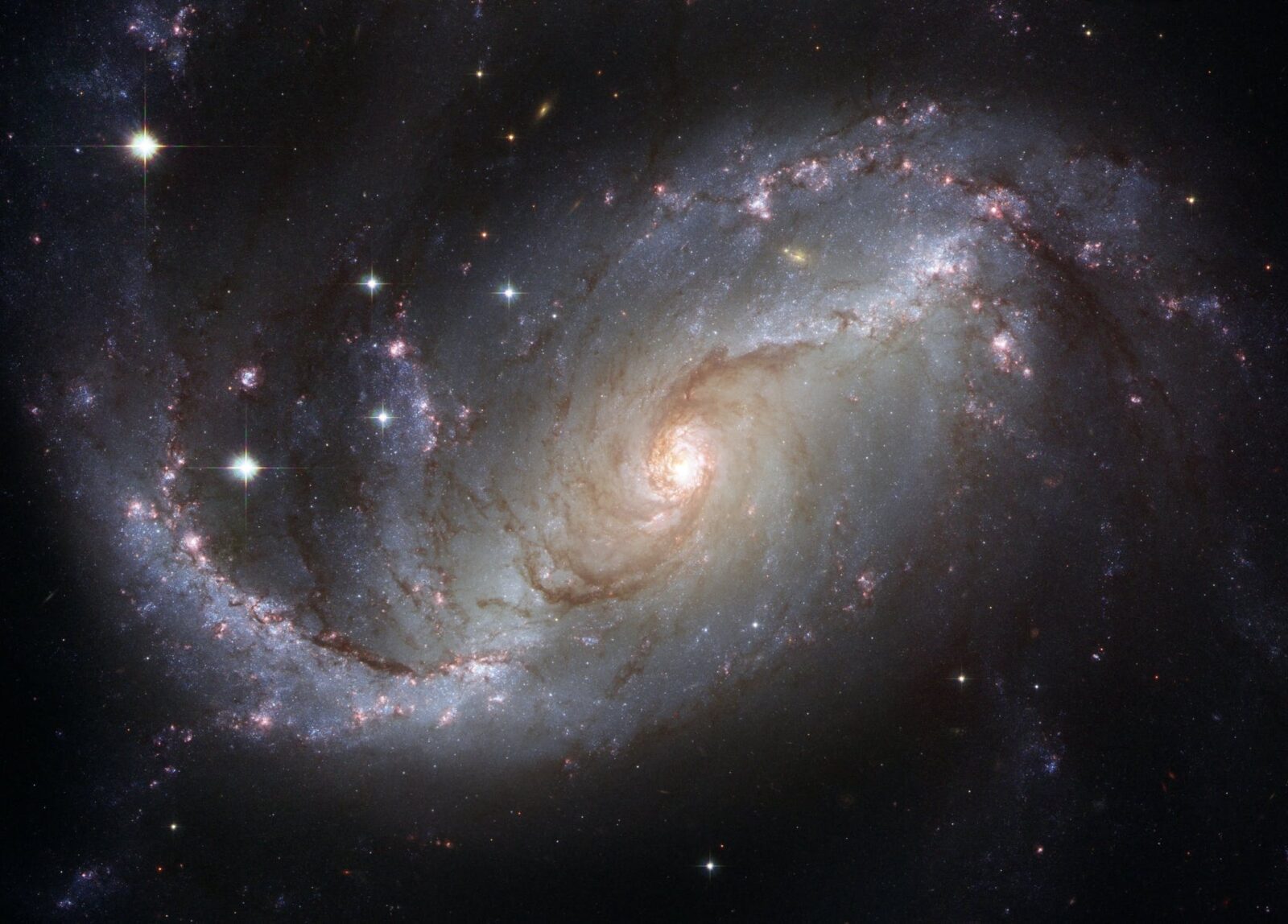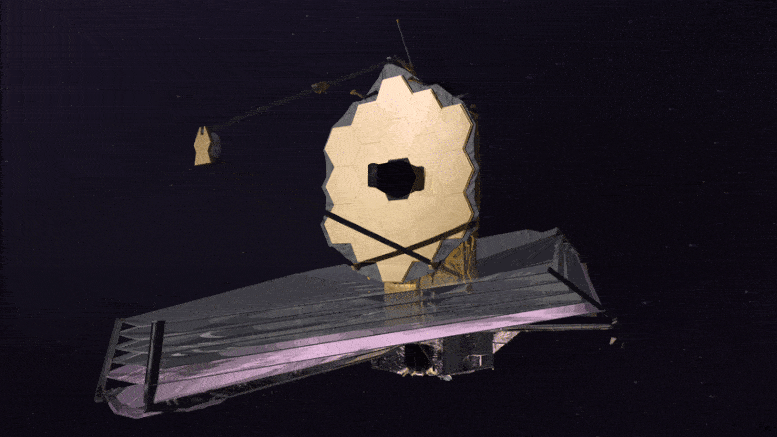According to new research, large galaxies may acquire dark matter from smaller galaxies with which they are on the verge of colliding.
Computer models were utilized by researchers from the University of California, Irvine, and Pomona College to recreate the evolution of a 60 million light-year-wide sector of the cosmos. The new computer simulations, which weren’t intended to do so, constructed seven galaxies that were devoid of dark matter, a phenomenon that had previously perplexed scientists. As per a report from the University of California, Irvine, the odd simulations occurred following near-collisions with large neighboring galaxies.
Dark matter is the unseen matter that accounts for 85% of all matter in the cosmos. Although astronomers are unable to study it directly, they believe it should exist in order to understand the nature of stars, planets, and galaxies. As a result, in a universe awash with dark matter, the latest computer simulations aid in explaining how some galaxies can lose this crucial component.
Shany Danieli, the co-author of the new study and presently an astronomer at Princeton University, reported similar observations in 2018. According to the announcement, the observations revealed two galaxies that looked to be lacking almost all of their dark matter – something previously deemed inconceivable.
Near-collisions between nearby galaxies, it turns out, can result in cosmic thievery, leaving the smaller galaxy with just stars and some remnant dark matter. Small, low-mass galaxies collided with galaxies 1,000 times more massive in the latest computer simulations. Robert Feldmann who is an astrophysicist at the University of Zurich that developed the new simulations, explains that dark matter-deficient galaxies ought to be relatively abundant, according to this theoretical work, especially in the proximity of big galaxies.
According to the announcement, the researchers hope to uncover real-world large galaxies in the process of removing dark matter from their smaller counterparts.
The research was published in the journal Nature Astronomy.














Leave a Reply